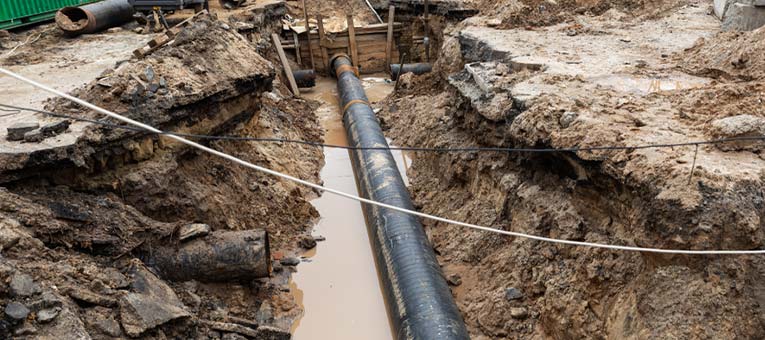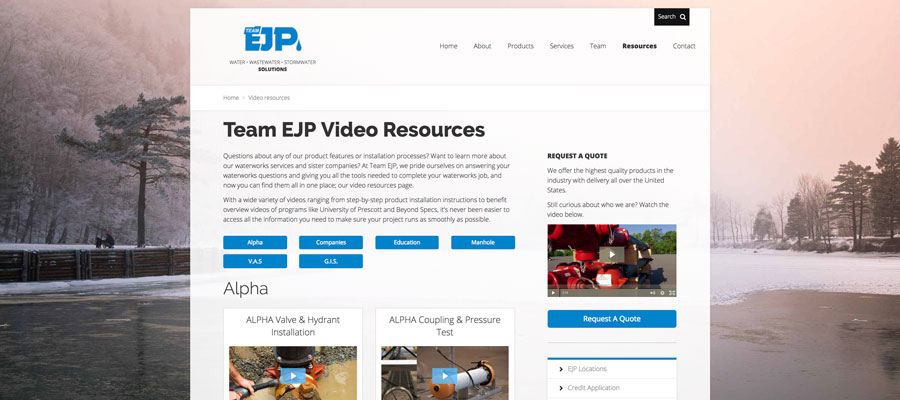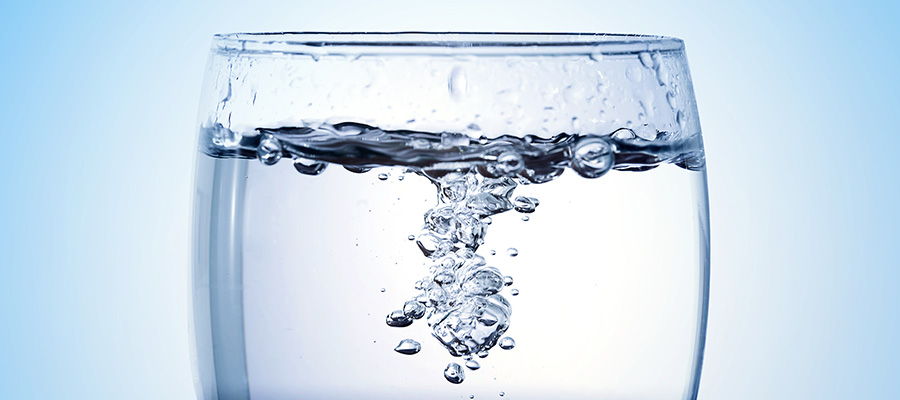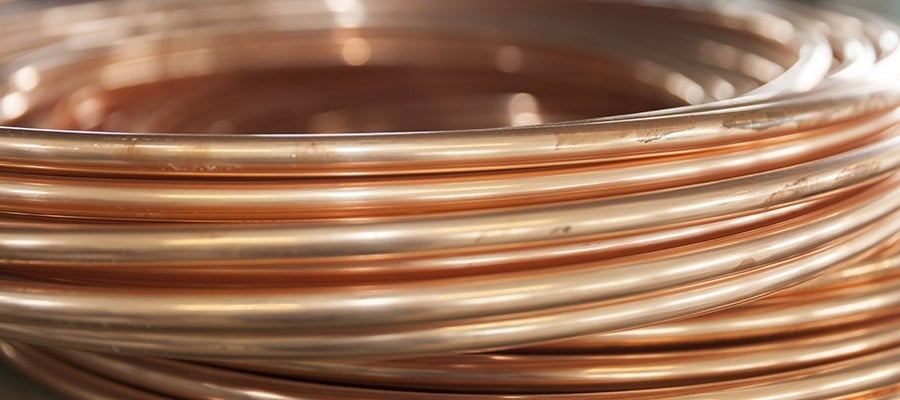When you're working on dewatering a location, it can be a tough, but very important, process. But why is it so important, how does it take place and what are some of the best items to use to make it happen faster and more effectively? Here's a quick look at these questions and more to help you through the process.
When it comes to having the right options, tools and features for your water utility, there is a world of options available for your use. However, it can be difficult to decide between different options when you don't have the opportunity to see them in action in real life. Fortunately, Team EJP has recognized this challenge and created a library of video tutorials and demonstrations to help you decide which features and products are right for your water utility's challenges. Here's a quick look at four of the most popular videos we have in our library to help you decide.
Do you know the value of clean water and a solid water distribution infrastructure? When I first moved onto our farm, I gained a strong grasp of the value of water. The year-round springs had dried up in the summer of 2004 and everything had to be hauled in. When the car gave up the ghost, that meant taking a wagon to the nearest store two miles away at the small whistle-stop town that claimed our zip code. Fortunately, most people have a much stronger infrastructure already in place, even if they don't bother to think about it on a daily basis. But what happens when that infrastructure fails?
When your water utility is in the process of installing new supply lines, the standard options typically involve fitted iron pipe, copper or a variety of plastic tubing options. However, copper tubing provides some of the best overall benefits in a wide range of circumstances, despite its overall cost. Here's a quick look at some of the many benefits your water utility can realize by using copper tubing for your supply lines.











